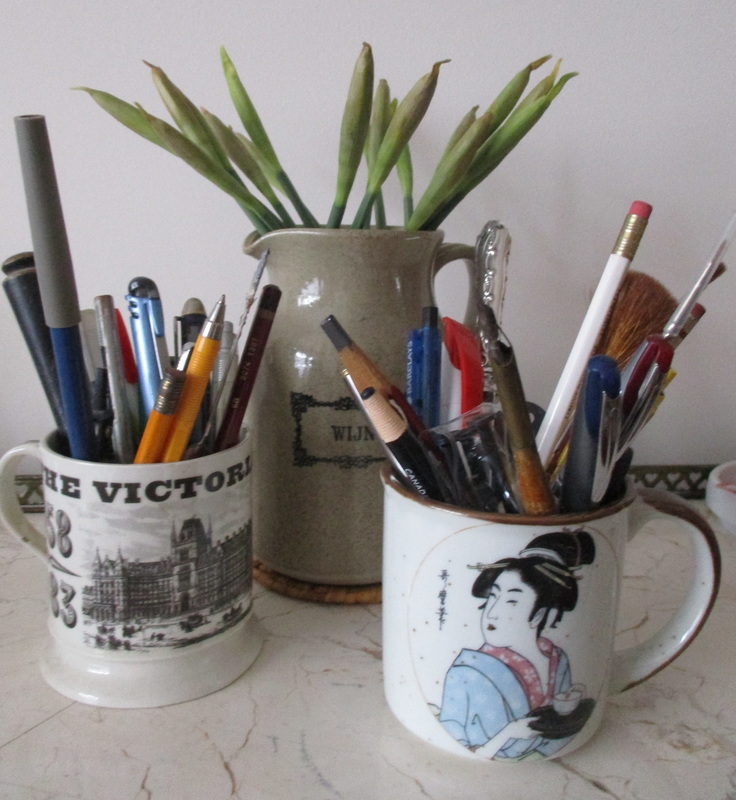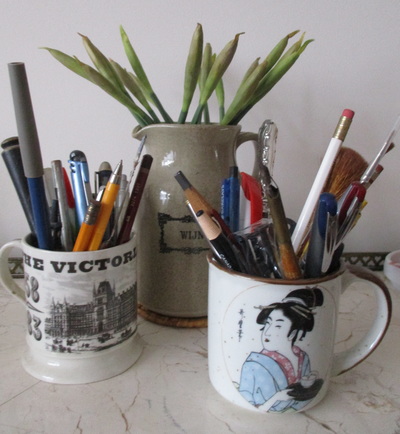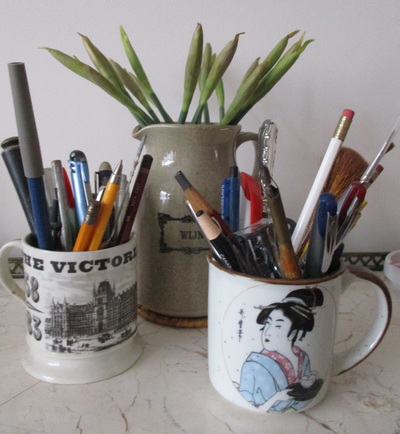|
The Bloomsbury Group of modernist artists and writers has long attracted the highest literary and critical attention. But Bloomsbury has also become a literary industry fed by a seemingly endless stream biographies, memoirs, recreations, discourses, semi-fiction, and television and film dramas. And there seems to be no end to the descendants and friends of the members of the group who are ready to join the production line. But here is an alternative for you: the Meynells, their family and circle - The Bayswater Group! At the heart of the group are the writers Alice Meynell née Thompson (1847-1922) and her publisher husband Wilfrid Meynell. Alice’s sister Elizabeth (Mimi) Butler (1846-1933) was a leading battle painter of the mid Victorian period. Alice and Mimi were daughters of the concert pianist Christiana Weller and Thomas Thompson, a gentleman of the West Indies. They were raised in the wild landscape and barely accessible villages of the Ligurian littoral and ‘finished’ in the artistic salons of Kensington. Thompson’s fortune came from sugar and slavery and he himself was illegitimately descended from a Creole woman. This was quite a different colonialism from the Jackson’s (Virginia’s mother) and Strachey’s India. Both Alice and Mimi adored the landscape and culture of their Mediterranean upbringing and both converted to Catholicism. Not for them a ‘room of one’s own’. Both shared their space with large, loving families. Alice’s poetry and essays made her internationally famous and she toured and lectured extensively. She also raised eight children. Alice and Wilfrid’s home at 47 Palace Court W2 became a nexus for the London literati a generation before Bloomsbury but overlapping with it. The Meynell’s rescued the destitute poet Francis Thompson and supported the novelist George Meredith. Alice was a political radical and supporter of the Women’s Suffrage Movement. Is it possible that Catholicism, with its acknowledgment of the spiritual feminine in the person of the Virgin Mary, contributed more possibility of cultural development for a woman than Protestantism or atheism? Now here’s the challenge to Bloomsbury. In the midst of a patriarchal culture, inspired by and in dialogue with Elizabeth Barrett Browning, Alice found a purely female literary voice. The critic Tala Schaffer suggests that Virginia Woolf deliberately suppressed Meynell’s influence on her – instead promoting herself as the founder of the female literary tradition. Schaffer accuses Woolf of subverting and appropriating the past in an act of ‘modernist self-fashioning’[1]. Having been extraordinarily famous for her battle paintings (The Roll Call, Scotland Forever, The Remnants of an Army), Mimi gave up her public work when she married the maverick army officer William Butler although sketchbooks from later years survive.. Two of Alice and Wilfrid’s children, Francis (1891-1975) and Viola (1885-1956), carried on the literary work. Francis worked as a poet and printer, Viola as a novelist and poet. It was Viola who gave refuge to and helped DH Lawrence in his early difficult times. Alice Meynell, like Virginia Woolf, suffered from depression. [1] Writing a Public Self: Alice Meynell’s ‘Unstable Equilibrium’ in Women’s Experience of Modernity. Ann Ardis and Leslie Lewis (eds) (Baltimore: John Hopkins University Press. 2003) pp18, 2. Quoted by Ann Ardis in Modernism and Cultural Conflict 125.
|
Victoria Manthorpeauthor and feature writer Blog
Your email will only ever be used to send you new posts and you can unsubscribe at any time. For more information, please check Victoria's privacy statement.
Archives
April 2024
Categories
All
|



